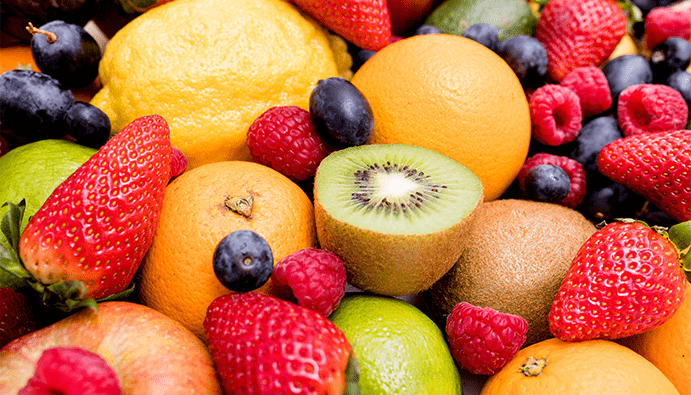Determination of Water Activity
Determination of Water Activity

Moisture content defines the amount of water in food and ingredients. The higher the water activity, the faster microorganisms such as bacteria, yeast, and mold grow, resulting in higher food storage standards. Mathematically, water activity is equal to the equilibrium relative humidity divided by one hundred.
When talking about food safety and quality, there are two critical metrics all food manufacturers should consider: moisture content and water activity. While these measurements may appear similar, they are not the same and are not interchangeable.
Moisture content and water activity values are determined for two different purposes. Each test provides information about the yield, quality and safety of foodstuffs. Even if water activity is primarily a concern, the correct moisture content must be determined for compliance with standards.
Moisture content is a measurement of the total amount of water in a food and is usually expressed as a percentage of the total weight. It is a useful measurement in determining the dry weight of foodstuffs.
The moisture content of foodstuffs has a direct impact on the way they are processed, mixed and dried, as well as on the mouthfeel, appearance and texture of the final product.
Water activity is calculated by taking the ratio of the vapor pressure in foods to the vapor pressure of pure water and is primarily used to determine the shelf life of products.
